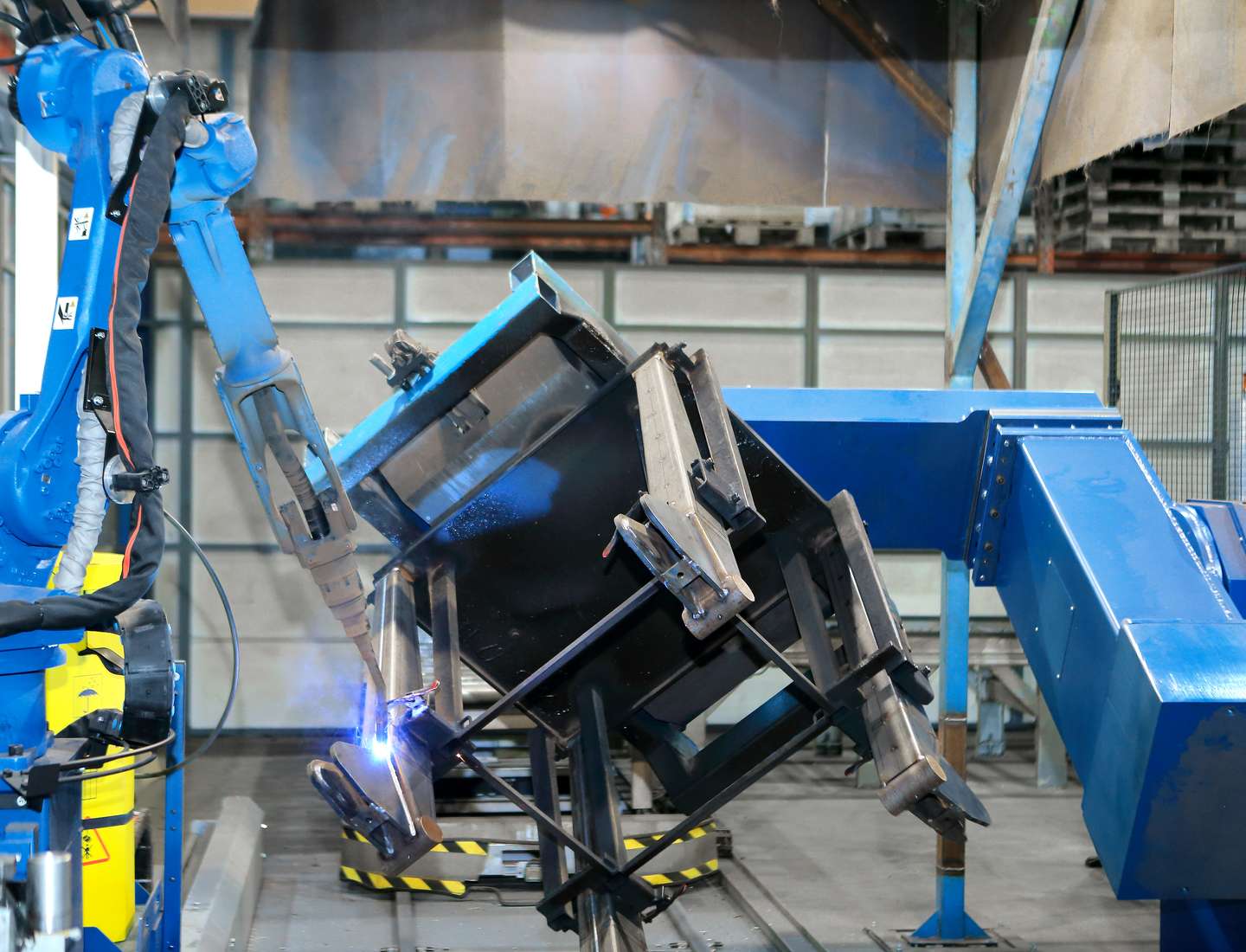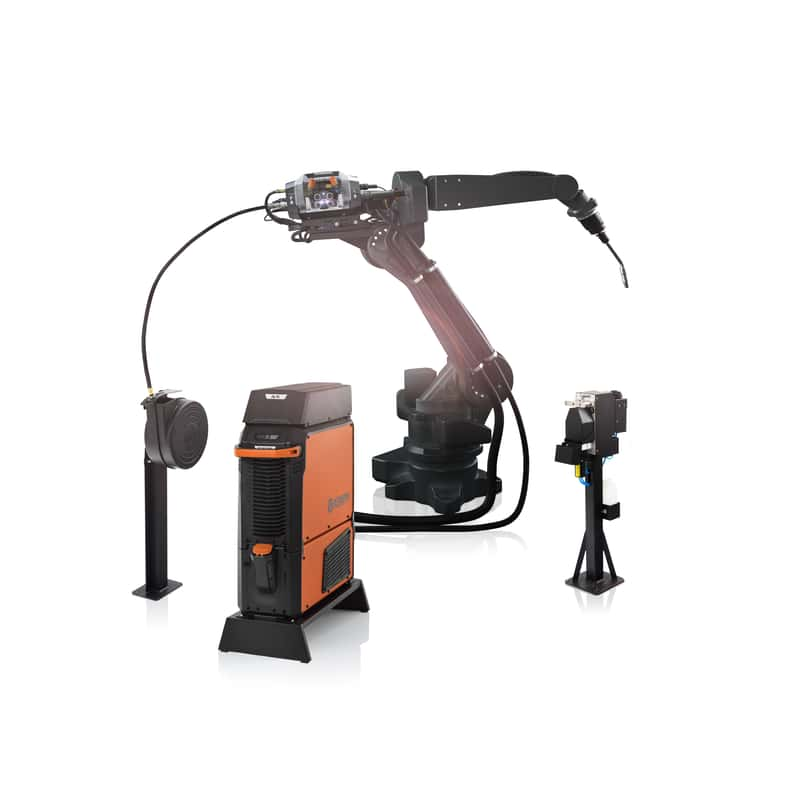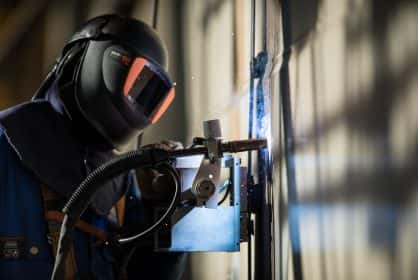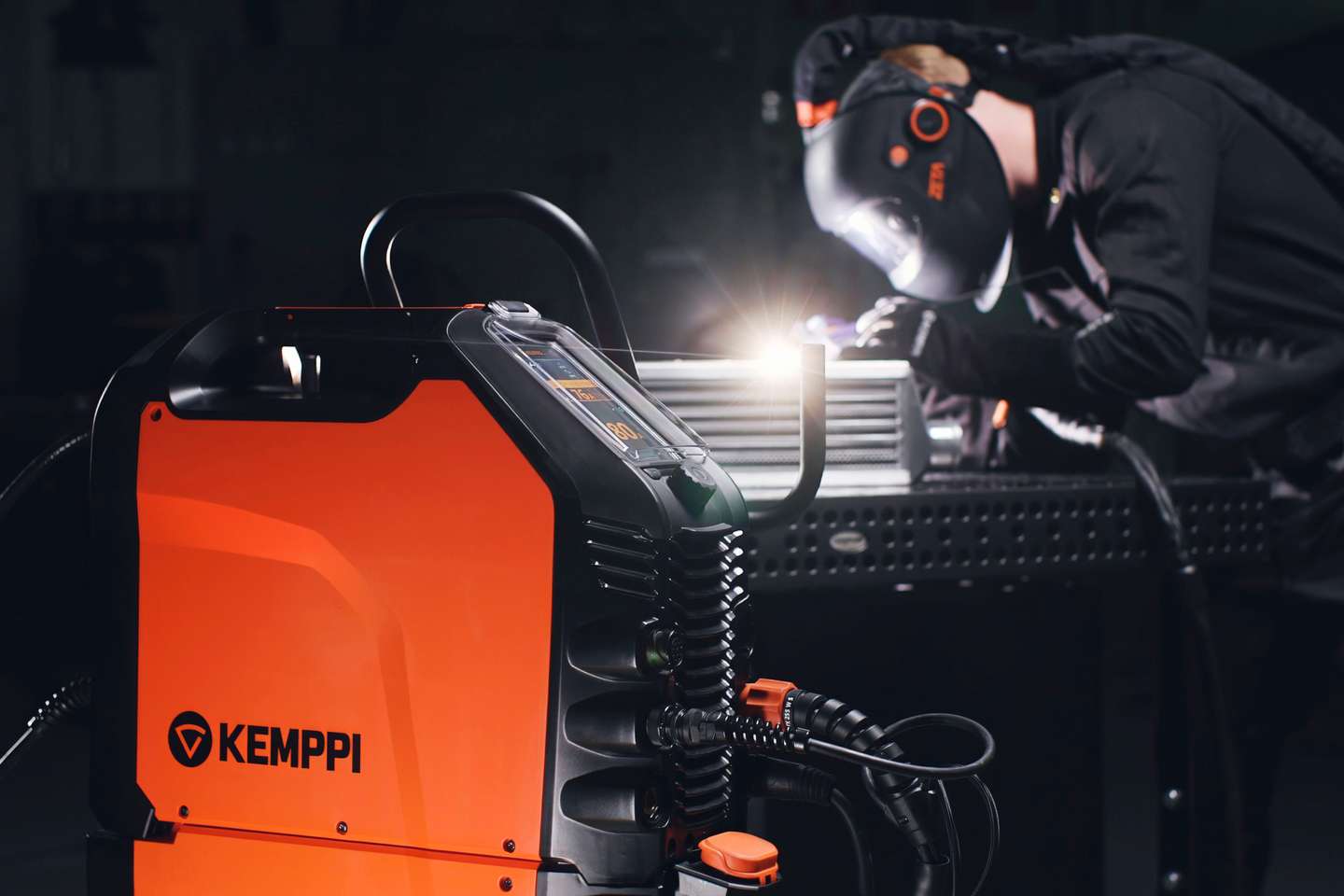
Automatisation du soudage
Robotic welding of a workpiece requires seamless collaboration
15 juin 2020
A productive, high-quality robotic welding cell is created in collaboration between a robot integrator, a welding machine supplier, and a workpiece designer. The best solution for customizing a robotic welding cell is found when reliable welding equipment with different detection functions meets automation expertise early on in the design phase.
Artturi Salmela

Artturi Salmela
Artturi Salmela
Product Manager, Automation at Kemppi Oy. A robotics expert with 20 years of experience in e.g. computer vision, user interfaces, offline programming, and robotic welding. Interested in the development of welding automation and its connectivity to digital systems.







